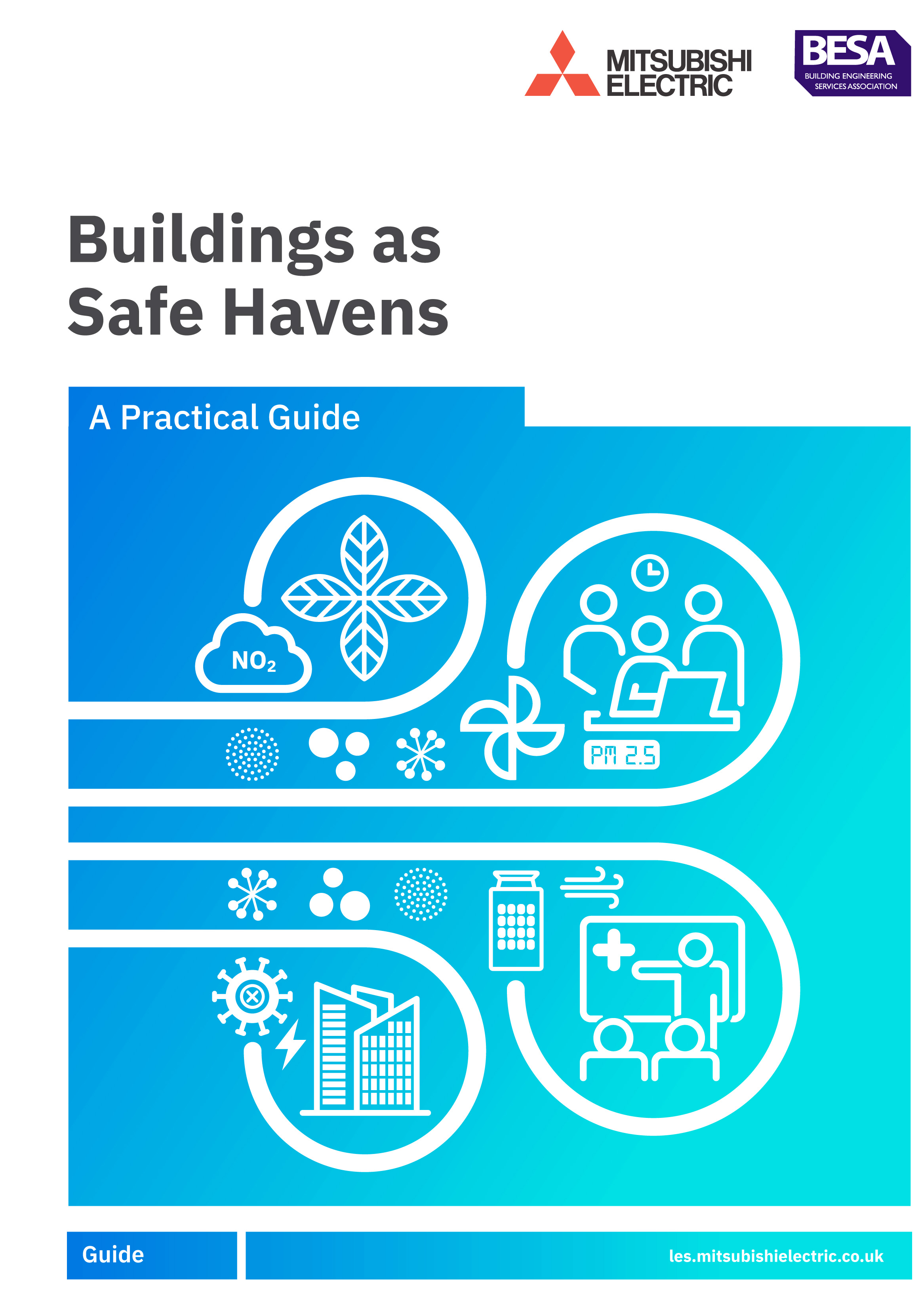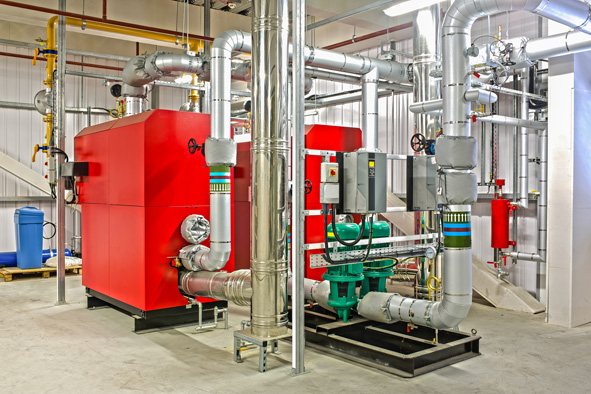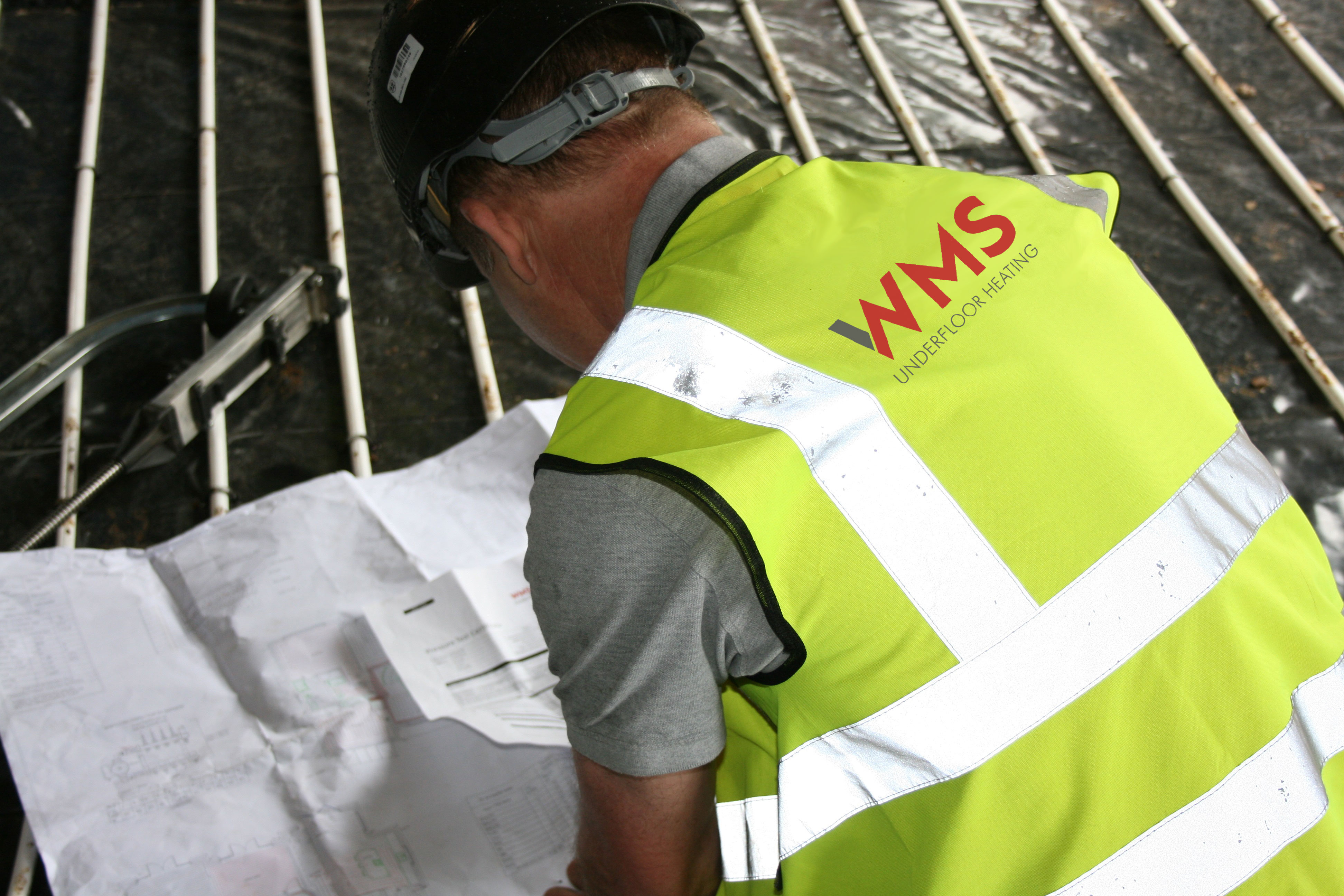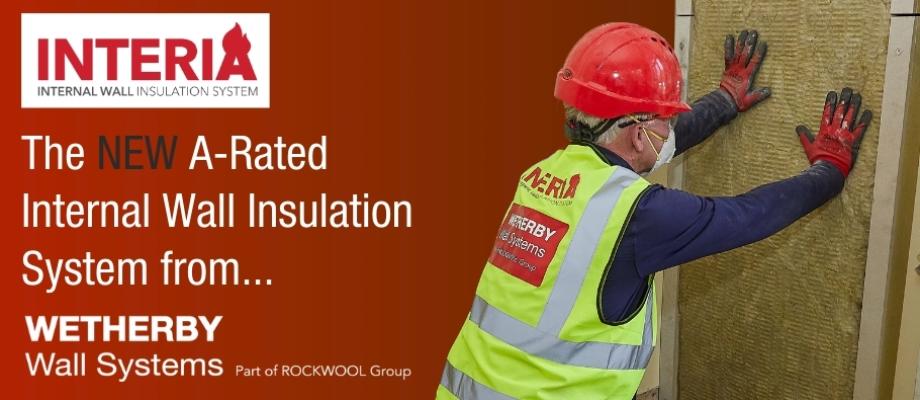Heating and Ventilation
BESA launches ‘safe havens’ blueprint guide for indoor air quality

The Building Engineering Services Association (BESA) has completed its trilogy of free guides designed to help building owners and managers turn their buildings into ‘safe havens’ that protect occupants from health risks linked to airborne contaminants and viruses.
‘Buildings as Safe Havens – a practical guide’ is the third in its suite of guidance for measuring, monitoring, and improving indoor air quality (IAQ) and the second produced with the support of Mitsubishi Electric.
Optimising heat networks can help reduce energy cost and carbon footprint

The impact of increasing global gas and electricity prices has already plunged hundreds of thousands more UK families into fuel poverty.
Estimates suggest the current average fuel poverty gap of £233 per home* could more than double in the coming year. As a result, fuel poverty has arguably never been higher on the agenda for registered providers.
Unfortunately residents connected to communal heat networks will not be immune, as their monthly (and pre-payment) heat bills are typically tied directly to gas prices.
So, faced with an almost perfect storm; and against a backdrop of traditionally poorly performing communal heat networks – how can the performance of existing installations be improved to both urgently reduce tenant energy costs and prepare them for the transition to low carbon heat?
Get the best performance from your buildings heat network

Synergi is an independent mechanical design consultancy that specialise in Mechanical Engineering, District and communal heating and Steam Engineering. Our knowledge and expertise covers varying technical solutions incorporating the latest renewable technologies.
Since its conception in September 2017 Synergi has drawn together it’s in depth knowledge from various mechanical services systems to quickly become a leading innovator in heating and cooling networks. Synergi has worked on a large number of networks and by utilising this knowledge it’s enabled Synergi to improve the energy efficiency of a large number of networks while also increasing their reliability.
Technology and training for zero tolerance damp and mould

A combination of technology and training can help housing association professionals ensure that their approach to damp and mould reflects the call for ‘zero tolerance’ made by the Housing Ombudsman.
The Property Care Association (PCA), has a carefully curated package of training options available to Housing Association professionals, that can be tailored to suit specific needs.
In addition, the Association can signpost professionals to its newly developed Condensation and Mould Diagnostic System, that can identify the root cause of the issue and provide impartial recommendations to remedy the problem.
Following the introduction of the Homes (Fitness for Human Habitation) Act 2018, there has been a sharp focus on dampness in tenanted buildings, with Housing Ombudsman Richard Blakeway calling for a ‘zero tolerance’ approach to damp and mould.
A uniform framework for investigating reported damp and mould

We recognise the Ombudsman is calling for a fresh attitude to dealing with the prevailing issues and adds moving from a ‘blame’ to ‘responsibility’ culture as a key directive.
The Property MOT® flexible surveying platform answers the call for a proactive response demonstrating change and meaningful support for residents with fact-based resolutions.
The uniform framework has been developed to be undertaken by trained and certified persons via a support based licensed application resulting in the issuance of Certifications for property conditions alongside any pertinent Advisories.
Heat pumps and underfloor heating - the perfect combination for efficiency

Thanks to the Building Regulations and Part L changes, which come into force this summer, low temperature heating systems will now become the norm for newly built homes. While there is flexibility on which energy source can be used,
it is anticipated that heat pumps will become the most specified option.
Here, Ashley Cooper, Managing Director at WMS underfloor heating, provides an overview of the changes ahead and how underfloor heating and heat pumps can together achieve the ultimate low temperature system.
Copyright © 2026. All rights reserved.
Designed By Euromedia Associates Ltd















